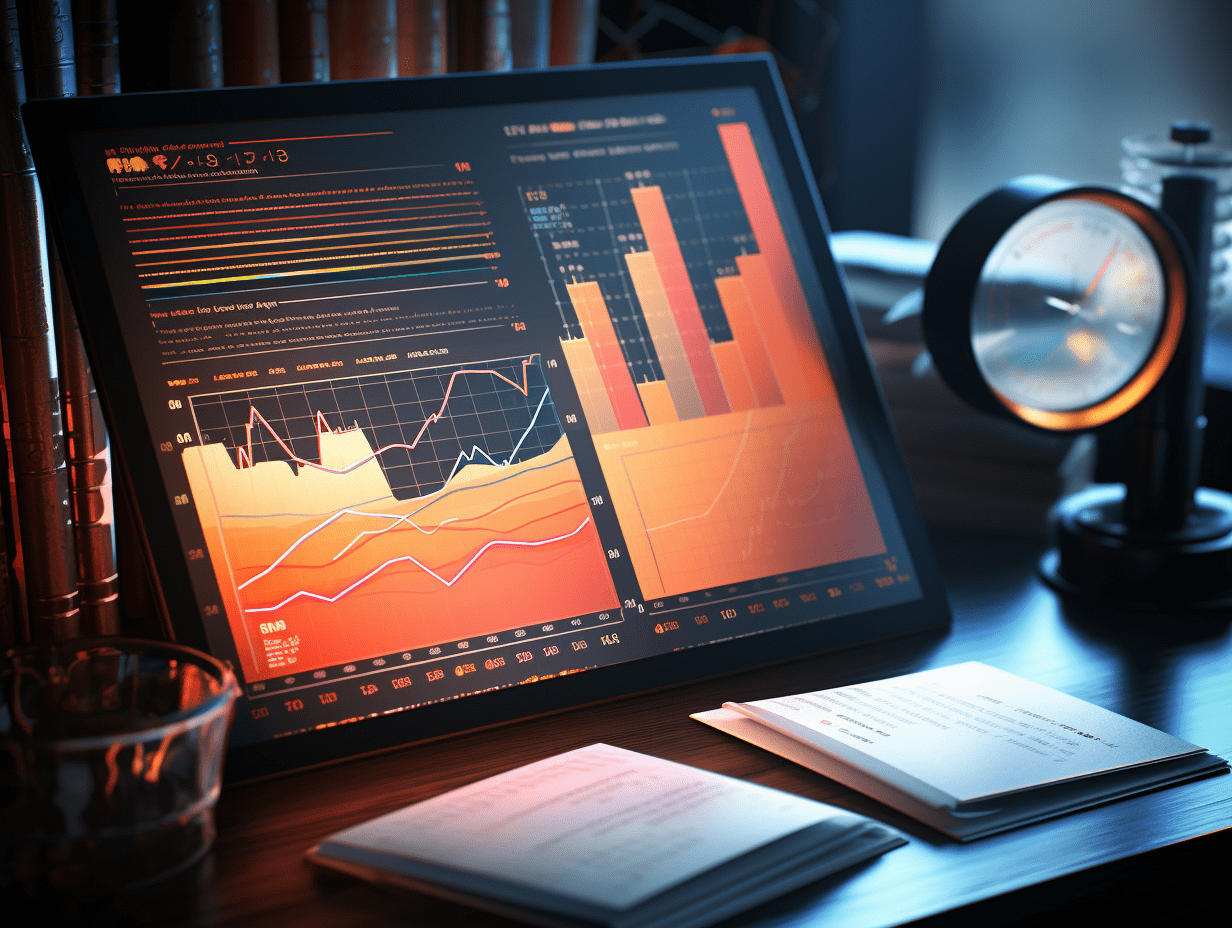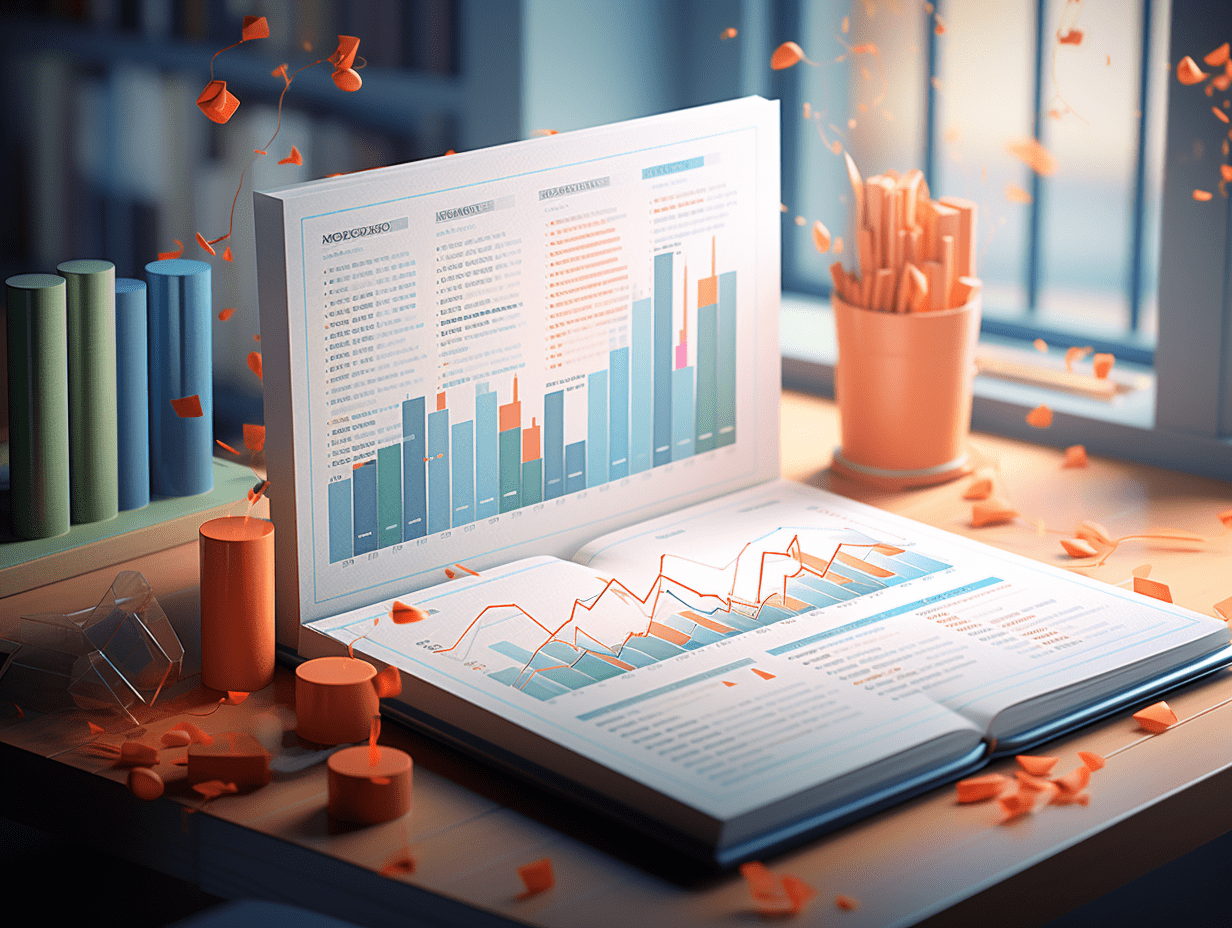Trade tensions escalate! Wall Street's "fear index" soars to a near five-month high.
After experiencing an unusually calm summer, the Wall Street panic index soared again.
After experiencing an unusually calm summer, the Wall Street Panic Index soared again, as investors grew more concerned about the possibility of further escalation in the trade tensions between the US and China. The Chicago Board Options Exchange Volatility Index (VIX), also known as the "fear index," rose to 22.94 points on Tuesday, reaching its highest level since May 23 when it hit 25.53 points. Although it fell slightly by the end of the day, the VIX still closed above 20 points, which is an important threshold for measuring market sentiment.
Since the introduction of the VIX in the early 1990s, its long-term average has been slightly below 20 points, so this level is often seen as a critical point indicating a shift from calm to tension in the market. The VIX reflects the implied volatility of options tied to the S&P 500 index for the next month, and is usually considered an indicator of market panic or risk expectations.
During the summer, US stocks performed steadily, with the three-month actual volatility of the S&P 500 dropping to the lowest since January 2020 last week, reflecting subdued market trading and investor complacency. However, since early September, the trend of implied volatility has been diverging from actual volatility, indicating that some investors are using options strategies for defensive purposes. Some investors have increased their put options holdings to hedge potential risks, while others prefer to replace direct stock holdings with call options, betting on further market gains.
By the end of September, signs of market unrest began to appear. From September 29 to October 3, the S&P 500 and the VIX rose simultaneously for five consecutive trading days, a situation that had not occurred since 1996, suggesting that the period of market calm may have come to an end. Analysts point out that the market sentiment is like a warehouse filled with dry wood, just waiting for a spark to ignite volatility, and the sell-off last Friday may have been that spark.
Recently, the US-China trade friction has once again become a trigger point. Last Friday, US President Trump threatened to impose a 100% tariff on all imports from China.
Although trade news has caused short-term volatility in the market, some institutions believe that the "escalation-cooling-down" cycle has left investors gradually numb. In contrast, signs of instability in the credit markets may be more worrisome.
JPMorgan Chase CEO Jamie Dimon warned on Tuesday that the bank had losses on loans to a subprime auto lending firm, Tricolor, indicating a potential expansion of credit risk. At the same time, investors like BlackRock are requesting redemptions of funds from under the J.F. Lehman & Company fund, which suffered significant losses due to the bankruptcy of auto parts supplier First Brands.
Related Articles

The National Development and Reform Commission issued the "Regulations on Fair and Open Supervision of Oil and Gas Pipeline Facilities".

Traders taking big bets on the Fed making an "unconventional" 50 basis point rate cut, while SOFR options open interest surges.

Federal Reserve Beige Book: Overall little change in the US economy, employment stabilizing but inflation pressures still present
The National Development and Reform Commission issued the "Regulations on Fair and Open Supervision of Oil and Gas Pipeline Facilities".

Traders taking big bets on the Fed making an "unconventional" 50 basis point rate cut, while SOFR options open interest surges.

Federal Reserve Beige Book: Overall little change in the US economy, employment stabilizing but inflation pressures still present






